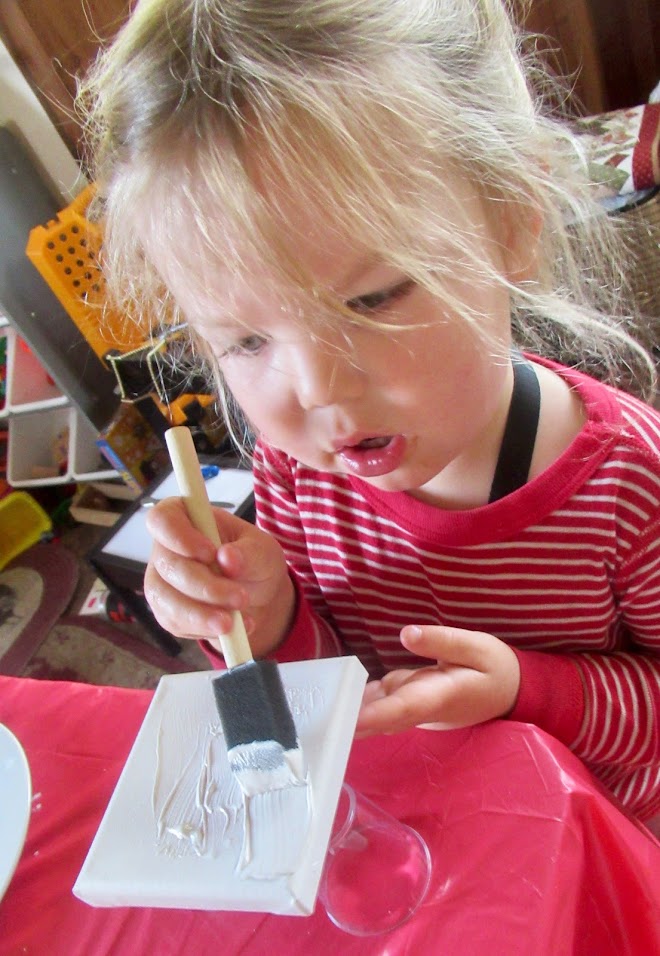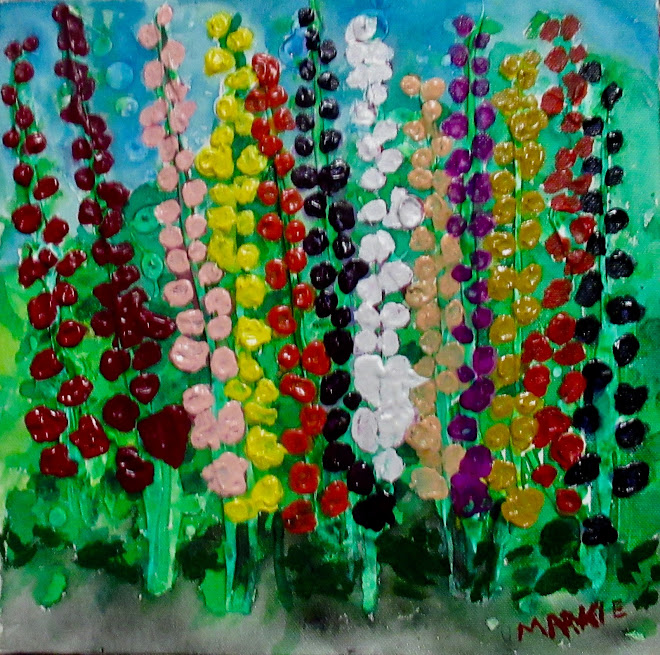National League Baseball: It’s Not Torture If It’s Fun
There has been this notion circulating that National League Baseball is tantamount to torture. By torture I mean agonizing, gut-wrenching torment for extended periods of time, while we watch pitching, defense, clutch hitting and speed on the base-paths, take center stage. The alternative is setting the table for the big guns, and letting the three-run jack call the shots. I greatly prefer the former to the latter; however, it’s not torture if you enjoy it.
I grew up watching the best rivalry in the game, with no apologies to the Boston Red Sox/New York Yankees fans out here. Neither the Sox, nor the Yankees ripped their baseball diamonds out of New York, not to mention out of the hearts of their fans, and moved them 3,000 miles across the country, where they resumed an already storied competition with a vengeance.
The Giants and ‘Dem Bums set up shop on the West Coast and introduced baseball, in the manner in which it was designed to be played. The Dodgers employed speed and defense, mixed with clutch hitting, rather than the big fly to win games. The Giants could club another team over the head with their bats, both metaphorically and literally, and yet simultaneously stymie opponents’ hitters at the plate; they constantly gave the Dodgers fits.
The Dodgers of the sixties featured the best pitching on the planet, and the Giants, no slouches in the pitching department themselves, consistently featured the most feared set of offensive weapons the modern era had seen. It was a tailor-made setup for a special brand of baseball. Both teams had at their core, players who established benchmarks during their careers, the most dramatic of acts seeming to always come when playing each other.
The Dodgers had Maury Wills, who set a record in 1962, with 104 stolen bases. It was his intimidation on the base paths, so essential to the Dodgers’ styIe of play, that set the tone for the one-run games, primarily of the 1-0 and 2-1 variety. It was the norm. The Giants had Stretch. Willie McCovey, a guy who started off his career with a four-hit day, and never slowed down. They named The Willie Mac Award after him, presented to the most inspirational player on the team.
The Dodgers had Don Drysdale, perhaps the most formidable pitcher of his time. If he hit a guy, you could rest assured it was not a mistake. Additionally, he had 218 lifetime base hits, with 29 home runs. The Giants had the Dominican Dandy, Juan Marichal. He won 243 games in his career, and had a lifetime ERA of 2.89. Most pitchers would have career years if their season ERA were that low. It is a matter of record that Juan Marichal never received a single Cy Young Award vote until 1970.
The Dodgers had Sandy Koufax and all he did was throw the most devastating curve ball of his era. He had pin-point control at the height of his career, which is amazing considering in the early years he was as erratic as the worst of them. In other words, he was the prototypical southpaw. He dominated the National League, competing against a series of left-handed hurlers who exerted similar control, Bob Gibson, Fergusen Jenkins, and Steve Carlton, among them.
The Giants had “The Say Hey Kid,” Willie Mays, who could beat a team in more ways than I have ever seen any of the great ones demonstrate. He could reach over the fence and snatch a home run away from his opponent, while the batter came to a halt on the way to second base, and groaned. He could make a circus catch and nail a runner trying to tag from third, on a perfect throw from center field to home plate. And he could do both on the same play. Two for one. The man was a god on the field.
For countless reasons the two teams did not like each other. The Marichal/Roseboro “incident,” which featured Juan Marichal lambasting Johnny Roseboro with a baseball bat, highlighted this contentious rivalry. I was watching the game on regional television and will never forget it. This was not a case of brandishing the bat and settling for a glancing blow. Marichal clubbed Roseboro twice, opening up a two-inch gash. Even in black and white TV, it was apparent that there was a lot of blood.
There was, of course, provocation. Earlier in the game Marichal had decked both Maury Wills and Ron Fairly after they each got hits. When Sandy Koufax was ordered to retaliate, the best he could do was sail one well over the head of Willie Mays in the second inning. Later, when pressure was applied to the unwilling Koufax, and he resisted, Roseboro sent a ball whistling past Juan’s head on its return trip to the mound. Marichal was angry. The second time Roseboro did it, the ball nicked Marichal’s ear, and he went postal. Marichal apologized the next day and subsequently became good friends with Roseboro.
I was shocked-I think the entire baseball world was shocked. What was not surprising for the time is the fact that the consequences for this assault included a nine-day suspension and a fine of $1,750. Years later, Marichal was denied entry to the Hall of Fame for two consecutive years after he became eligible, and only got in when Roseboro, now a good friend, lobbied for him publicly.
The rivalry aside, I simply find it far more enjoyable to see the array of skills and strategies on display during “small ball,” than to see one swing of the bat produce three runs. What appears to annoy the more casual fans, such as a pitcher keeping a runner close to first, or the ten-pitch battles between batter and pitcher, are the elements that interest me the most.
The other night in the Season opener, Wade Miley’s first at-bat against Clayton Kershaw in the third inning produced eight pitches. About the time the pitch-count had hit six, John Smoltz echoed what I was thinking when he commented that Miley was not likely to get a hit, but he could sure help his team if he could run the count up on Kershaw. He got two more pitches before he grounded out to second.
The point is, part of any batter’s strategy is to work the count; true fans appreciate this whereas the average fan wants the pitcher to either sit down or to hit one out. The pitchers take the whole thing seriously. Later in the game, when Kershaw faced Miley, with a runner on first, he drew six pitches before he fouled out bunting, and let out such a bellow of frustration that it was clearly caught by the microphones and transmitted to the listening audience.
No, when I watch the Giants play today, and I check out their record in one run games, and note that there is little offense, I do not think of torture. I think of pleasure, and a sense of kinship with my youth.
I can’t return to the playing field physically any longer, but I’m still there in my mind. It’s nice to see that the more things change, the more they stay the same.















No comments:
Post a Comment